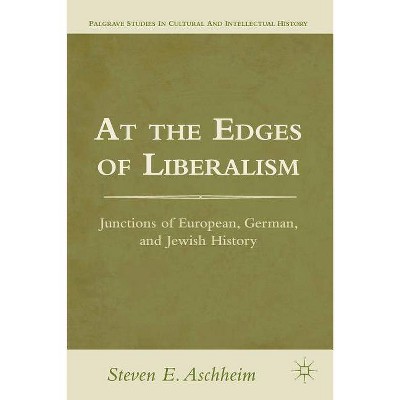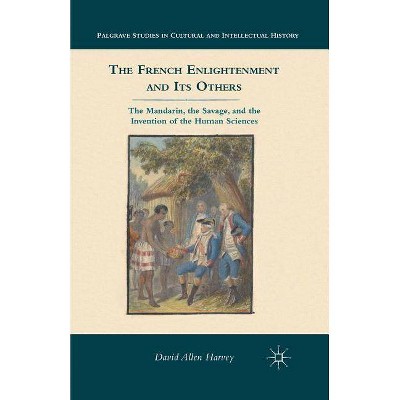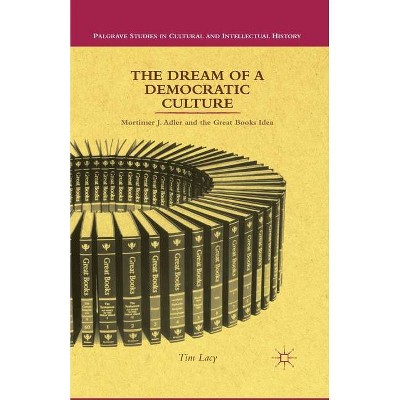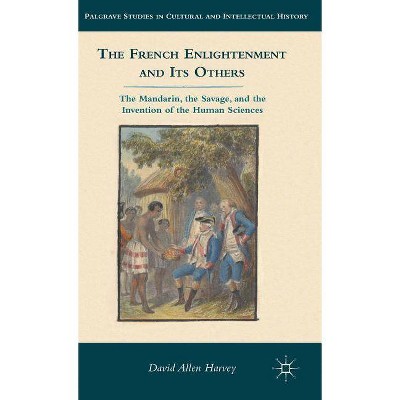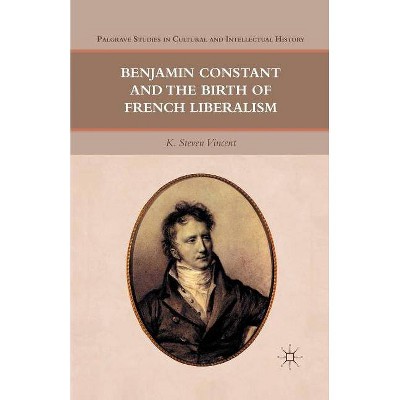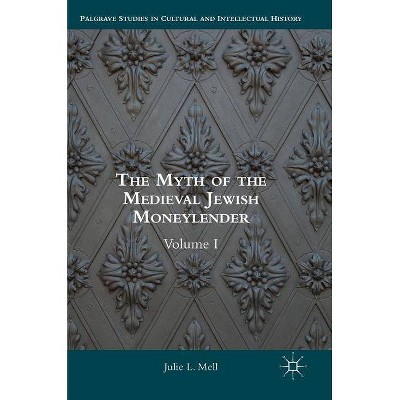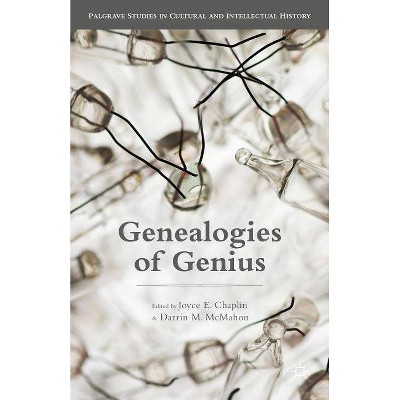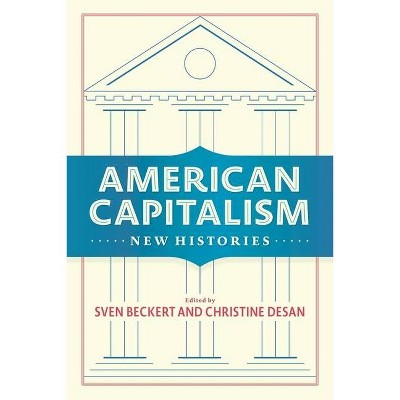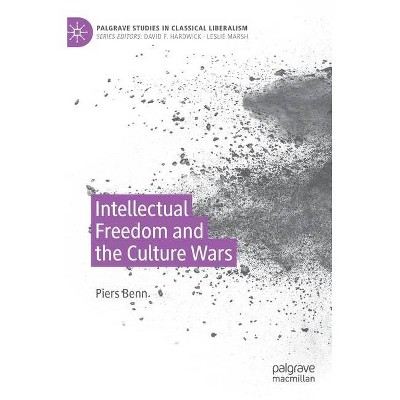The American Bourgeoisie - (Palgrave Studies in Cultural and Intellectual History) by J Rosenbaum & S Beckert (Paperback)
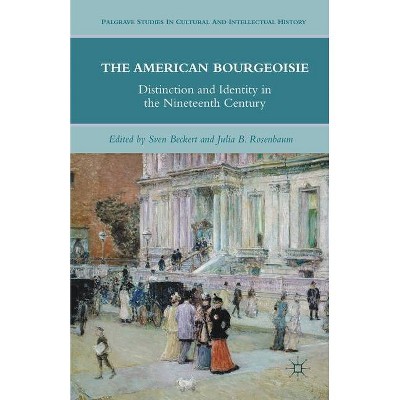
Similar Products
Products of same category from the store
AllProduct info
<p/><br></br><p><b> About the Book </b></p></br></br>"Nowhere in the world did a bourgeoisie emerge as influential as that in the nineteenth-century United States. This group of upper class men and women combined familiar forms of economic might and political power with new forms of cultural clout, creating institutional structures, architectural designs, and aesthetic models that continue to shape our lives today, from the foodstuffs we fancy to the art collections we admire. How bourgeois Americans established a dominant class culture and forged a common cultural vocabulary is the subject of this volume"--<p/><br></br><p><b> Book Synopsis </b></p></br></br>PART I Goodbye to the Marketplace: Food and Exclusivity in Nineteenth-Century New York; A.Mendelson 'Natural Distinction': The American Bourgeois Search for Distinctive Signs in Europe; M.E.Montgomery Henry James and the American Evolution of the Snob; A.Cagidemetrio Patina and Persistence: Miniature Patronage and Production in Antebellum Philadelphia; A.Verplanck The 'Blending and Confusion' of Expensiveness and Beauty: Bourgeois Interiors; K.Grier PART II Institution-Building and Class Formation: How the Nineteenth-Century Bourgeoisie Organized; S.Beckert The Steady Supporters of Order: American Mechanics' Institute Fairs as Icons of Bourgeois Culture; E.Robey A Noble Pursuit? The Embourgeoisement of Genealogy, and Genealogy's Making of the Bourgeoisie; F.Morgan Elite Women and Class Formation; M.Rech Rockwell Rediscovering the Bourgeoisie: Higher Education and Governing Class Formation in the United States, 1870-1914; P.Dobkin Hall PART III Public Sculpture and Bourgeois Self Image; J.Rosenbaum Class Authority and Cultural Entrepreneurship: The Problem of Chicago; P.DiMaggio Bourgeois Appropriation of Music: Challenging Ethnicity, Class, and Gender; M.Broyles The Birth of the American Art Museum; A.Wallach The Manufactured Patron: Staging Bourgeois Identity through Art Consumption in Postbellum America; J.Ott<p/><br></br><p><b> Review Quotes </b></p></br></br><br><p>"The American Bourgeoisie, with its richly nuanced case studies - ranging from food to geneology; education to music - gives a new cultural dimension to our understanding of class formation in the late nineteenth century. This book tells the story of how social, expressive, and institutional practices transformed raw economic resources into class identities that largely trumped occupational, ethnic, regional, and political loyalties. It reveals class formation to be fluid and contingent upon social, material, and ritual enactments evolving in tandem with shifts in capital. With its distinguished roster of contributors, this volume offers a vital new resource for cultural and social history, material culture, art history, and literary studies." - Angela Miller, Professor of Art History and Archaeology, Washington University</p> <p>"After three decades of intensive research on the European bourgeoisie, here comes the much-needed American counterpart. As in the European case, culture has gained center stage as a field of social demarcation and identification." - Ute Frevert, Director, Max Planck Institute for Human Development</p> <p>"As these lively and perceptive essays demonstrate, nineteenth-century Americans of wealth devoted enormous energy to developing manners and building cultural institutions that distinguished them from common people in an ostensibly democratic society. How wealthy men and women dined, traveled, displayed art, decorated their houses, identified their ancestors, and established museums, concert halls, and alumni associations all spoke to an aspiration to refine capital and establish the legitimacy of the power associated with it. These essays bring the process of class formation alive with satisfying attention to its material and cultural dimensions." - Elizabeth Blackmar, Professor of History, Columbia University</p> <p>"This is a wide-ranging collection of essays on aspects of elite American culture in the nineteenth century. One of its distinguishing features is the genuinely interdisciplinary character of its contributors. The cumulative picture they draw of the ways in which these economic elites drew closer together as the century wore on, the institutions of exclusion and self-definition they constructed, and the lasting patronage of the high arts on which they fashioned a part of their claims to worth and status is broad and coherent. For those interested in the origins of the cultural institutions that this group was so prolific in founding, in particular, this is a valuable collection." - Daniel T. Rodgers, Henry Charles Lea Professor of History, Princeton University</p><br><p/><br></br><p><b> About the Author </b></p></br></br>JULIA ROSENBAUM is Assistant Professor of Art History at Bard College, USA. SVEN BECKERT is Professor of History at Harvard, USA.<br>
Price History
Price Archive shows prices from various stores, lets you see history and find the cheapest. There is no actual sale on the website. For all support, inquiry and suggestion messagescommunication@pricearchive.us
